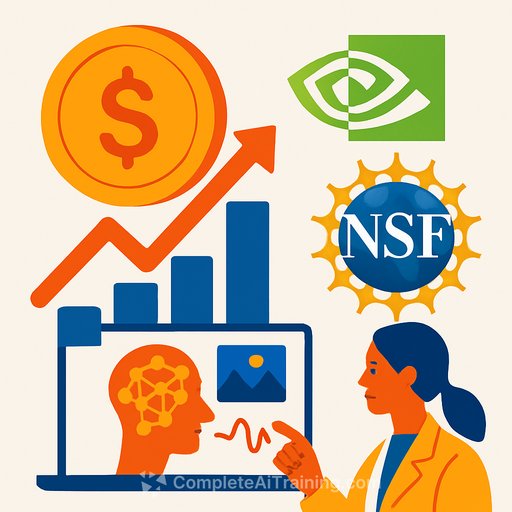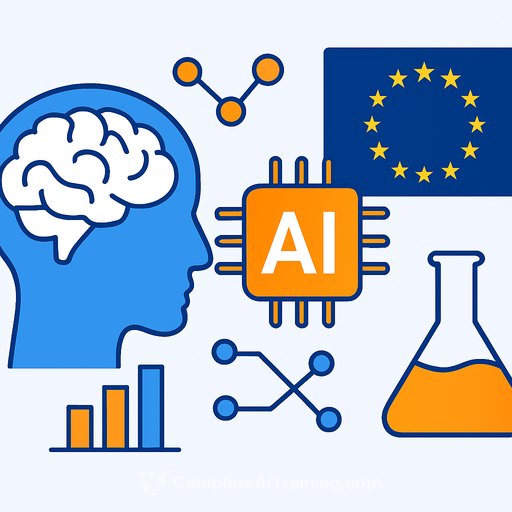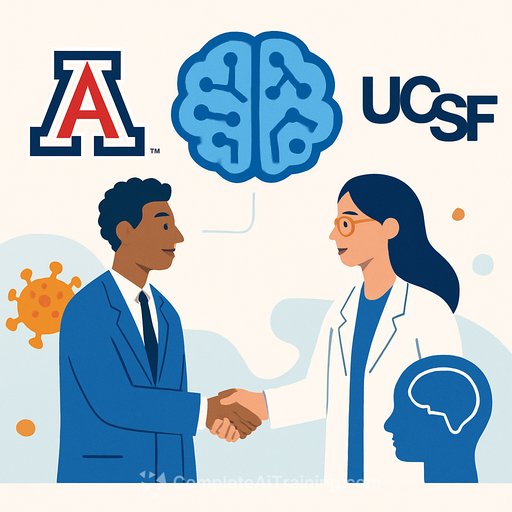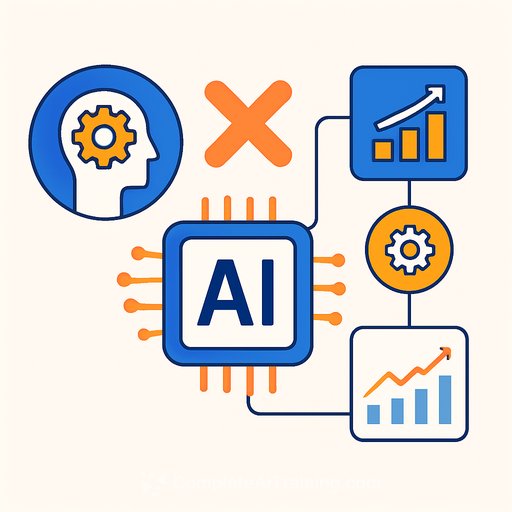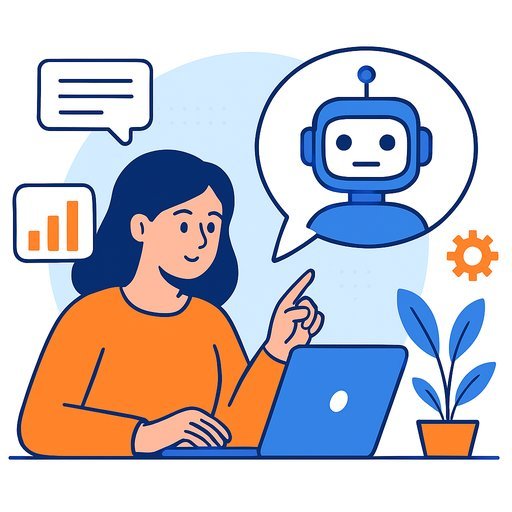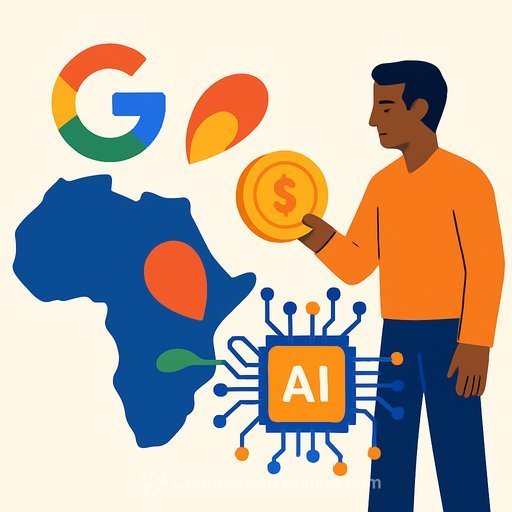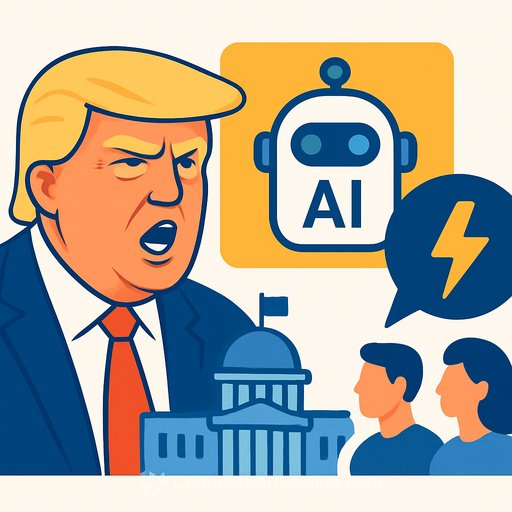U.S. National Science Foundation and Nvidia Invest $152 Million in Open Multimodal AI Infrastructure
The U.S. National Science Foundation (NSF) and Nvidia have committed $152 million to the Open Multimodal AI Infrastructure to Accelerate Science (OMAI) project. Led by the Allen Institute for AI (Ai2), this five-year initiative aims to close the gap in resources for academic researchers by developing open-source AI models trained specifically on scientific data and literature. The models, including their weights and training data, will be fully accessible to the research community to promote transparency and reproducibility.
OMAI Project Overview
This public-private partnership focuses on advancing American scientific research by providing powerful AI tools tailored to scientific needs. The NSF will contribute $75 million, while Nvidia provides $77 million in funding and infrastructure support. The goal is to create a suite of advanced AI models that help accelerate discovery and maintain U.S. leadership in AI innovation.
Closing the Resource Gap
Developing advanced AI models requires significant computational power and funding, which many academic institutions lack. This barrier limits their ability to contribute to AI breakthroughs despite their historical impact. The OMAI project addresses this by offering open, specialized AI tools accessible to universities and federally funded researchers. This aligns with the White House AI Action Plan’s emphasis on accelerating AI-enabled science and fostering open model development.
Development of Open-Source, Multimodal AI Models
Under Ai2’s guidance, the project will produce a family of multimodal large language models trained on extensive scientific datasets. “Multimodal” means these models can process and integrate information from text, images, and complex datasets. Noah Smith, senior director at Ai2 and professor at the University of Washington, highlights the shift of AI from a research instrument to a catalyst transforming discovery across disciplines.
Commitment to Transparency and Openness
The OMAI initiative will release models along with their complete weights, training data, source code, and evaluation tools. This openness contrasts with many proprietary AI systems and enables scientists to inspect, modify, and retrain models for their specific research needs. Full transparency supports reproducibility and trust, essential in scientific inquiry.
Technological Infrastructure and Nvidia's Role
Building on Ai2’s previous open models like Olmo (language) and Molmo (vision), the project will use funding primarily for computing resources to train larger and more advanced models. Nvidia’s contribution includes its HDX B3-100 systems powered by the Blackwell Ultra architecture and AI Enterprise software. This hardware efficiently handles massive datasets, speeding up model training and inference, thereby supporting the entire scientific discovery process from data analysis to hypothesis generation.
Applications Across Scientific Disciplines
The AI models developed will assist researchers in faster data processing, generating code for simulations, and creating visualizations. They will help detect subtle patterns and connect new insights with prior discoveries, even across different fields. Initial applications will focus on material discovery, protein function prediction for biomedical research, and addressing limitations in existing language models.
Supporting Workforce Development
OMAI places strong emphasis on expanding AI expertise beyond traditional tech centers. The project supports training programs to develop a national AI-ready workforce, enhancing U.S. competitiveness in technology. Research teams from the University of Washington, University of Hawaii at Hilo, University of New Hampshire, and University of New Mexico will participate, helping to distribute AI knowledge across the country. Resources and models will be released in phases, with the first major model expected approximately 18 months into the program.
FlexOlmo Platform for Data Contribution
The Allen Institute’s FlexOlmo platform allows data owners to contribute to shared models without sharing raw data. Contributors retain control over their data’s usage and can activate or deactivate their contributions at any time. FlexOlmo supports cross-silo federated learning but differs by enabling completely isolated, asynchronous local training for each data owner, offering flexibility and addressing logistical challenges.
Efficiency Challenges of Open-Weight Models
A study by Nous Research found that open-weight AI models require 1.5 to 4 times more tokens than proprietary systems from organizations like OpenAI and Anthropic for similar tasks. In more complex queries, this gap can increase up to 10 times. This indicates that open-source AI systems demand considerably more computational resources, which may reduce cost advantages and affect enterprise adoption decisions.
For professionals interested in advancing AI skills related to these developments, exploring relevant courses can provide practical knowledge. Resources such as Complete AI Training’s latest AI courses offer focused learning paths for AI and scientific research applications.
Your membership also unlocks:

